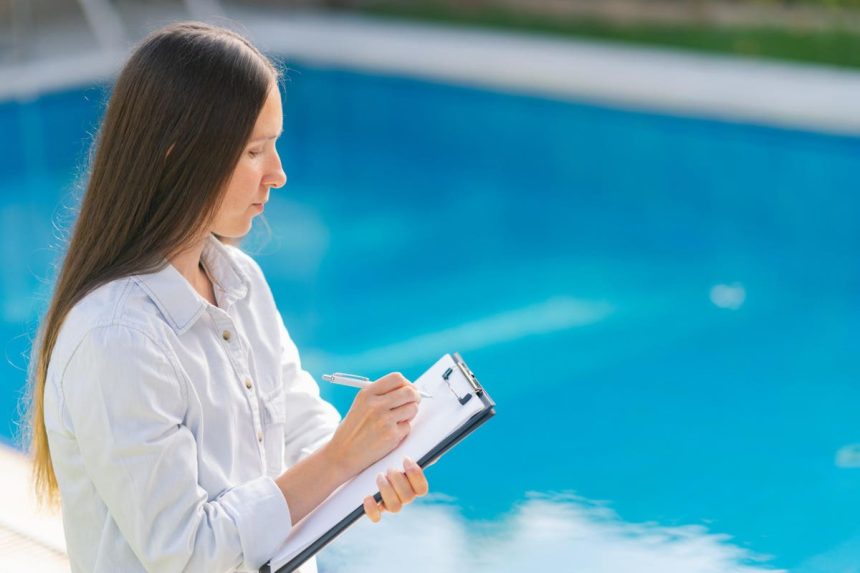Jason Ratcliffe MSc, BA (hons), AssocRICS / Director of Steren Surveyors.
First impressions are everything. Regardless of whether a customer stays in a three-star or five-star hotel or guest house, there is always the expectation of being welcomed by a clean and comfortable room and well-maintained facilities.
However, how many times have you felt uncomfortable when staying in such accommodations? Whether it was because you felt too hot and stuffy, or the environment was too noisy, or there may simply have been noticeable dampness and chlorine build-up within an indoor swimming pool area—these are issues that we remember, and that can influence whether we wish to return to the same hotel or guest house in the future.
As the director of a company that surveys commercial and residential properties, I’ve noticed such concerns are often overlooked by hotel or guest house owners and management, typically due to the fact that these are not the obvious areas that require improving when undertaking improvement or maintenance works, and it is not commonplace for contractors to advise on these issues.
Common Causes For Concern And How To Address Them
1. Humidity And Solar Glare
Particular areas of concern for property owners include those that accommodate indoor swimming pools or sauna and spa facilities, which tend to have higher total humidity and poor ventilation. This can lead to deterioration of the aesthetic and structural integrity of common areas and the occurrence of black spot mold and condensation. This not only degrades the general experience for guests, but it can also have a negative impact on their health.
Additionally, significant volumes of glass can result in solar glare and overheating, also known as the greenhouse effect. This can have an unfortunate result for guests, leaving them overheated and uncomfortable. This is often the case in areas such as restaurants, bars and guest accommodations.
Simple improvements to UV reflective films in windows, blinds, air conditioning and mechanical ventilation systems can significantly improve the temperature while also reducing absolute humidity and improving air quality. In my experience, simple changes like this can also help increase guests’ ability to relax and enjoy their stay.
2. Thermal Efficiency
Areas that are poorly insulated and maintained are often areas that are hard to heat, which can then lead to further discomfort, black spot mold and dampness. This can also have a knock-on effect on your guests.
To optimize the thermal efficiency of the building, start by identifying areas of significant heat escape and water ingress. Address any dampness issues within general maintenance. You can then improve the thermal performance of the building by installing additional insulation to floors, walls and roof voids, along with considering upgrading windows and doors, for example.
Simple additions would be to look at each section of the hotel and address areas of higher risk and/or noticeable issues. You can put in place natural ventilation, such as trickle vents and air filtration systems, to increase the forced air flow through higher-risk areas—thus helping to reduce any uncomfortable and stuffy feelings and reduce possible effects of dampness.
Other areas, such as those with high solar glare, can also benefit from forced mechanical air flow systems. These systems can help maintain a comfortable temperature throughout the property. By doing this and having zoned climate control areas, I’ve found you can significantly optimize guest satisfaction.
3. Noise
Noise pollution can also cause guest dissatisfaction. Therefore give careful consideration to opening times for bars, restaurants, play areas and swimming pools, especially if they are within close proximity of one another. This can help maintain high standards of decorum, even when there is a range of guests residing in the same space.
Reducing Costs For Improvements
To offset any additional costs when making improvements, you may want to consider sustainable solutions such as photovoltaic paneling, thermal voltaic paneling and heat pumps. This can increase capital expense initially; however, over the lifetime of the products, these solutions could provide significant savings.
You may also want to consider additional thermal improvements to areas that lack sunlight and airflow, as this can cause damp saturation and thermal deficiencies. It could be beneficial to consider upgrading the insulation within such areas and using sustainable materials such as corkboard or wood fiber, for example. This can benefit the space by stabilizing the internal temperature.
Boosting Guest Satisfaction And Profit Margins
It is important to note that there is not a “one size fits all” approach to improving guest satisfaction. Every building is different, every location is different, and every property offers varying facilities.
However, by keeping the importance of issues like humidity, ventilation and noise in mind when reviewing improvement and maintenance options, property owners can help increase guest satisfaction. This can help lead to repeat business, which means increased income for your business over time.
Forbes Business Council is the foremost growth and networking organization for business owners and leaders. Do I qualify?
Read the full article here









